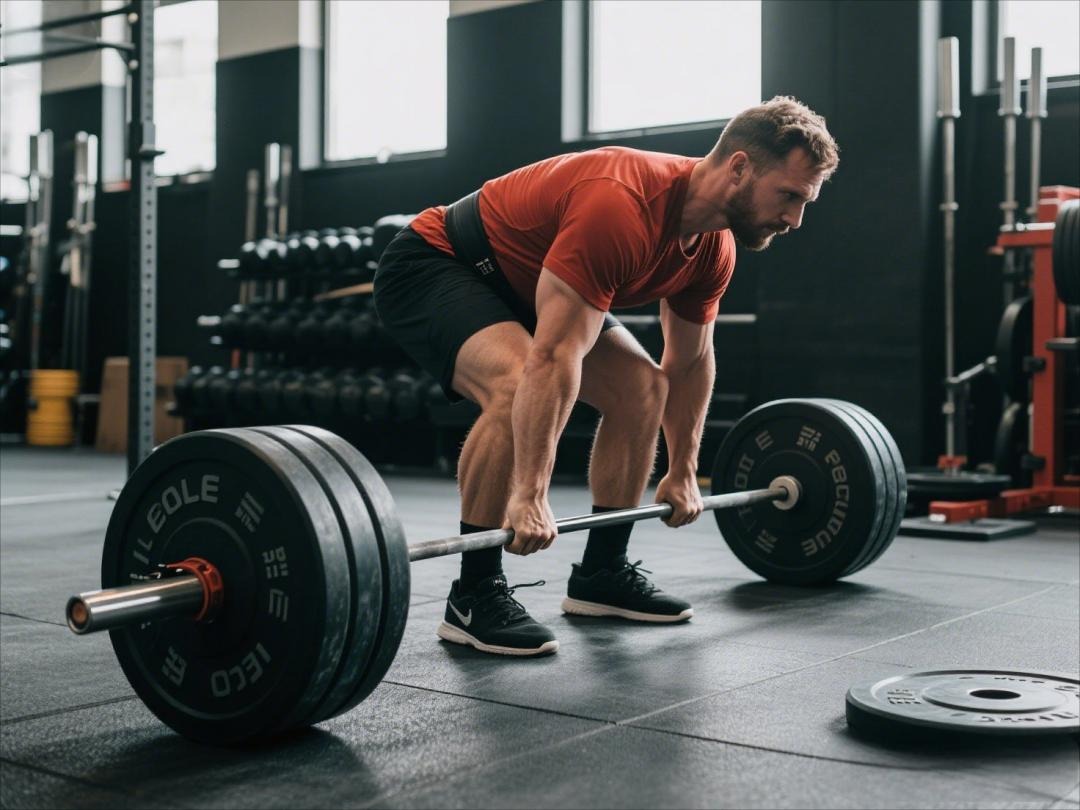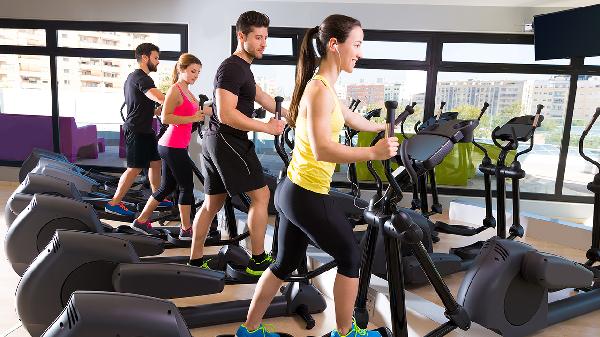Running too close to the front of the treadmill isn’t just awkward—it’s a fast track to inefficient form and potential injuries. According to expert Lauder-Dykes, crowding the console forces you into shorter, choppier strides, like someone suddenly cutting you off mid-run. That cramped position kills momentum, making your workout harder while increasing the strain on your joints. Over time, this can lead to nagging issues like plantar fasciitis or IT band syndrome. But don’t panic—adjusting your position and warming up properly can save your stride (and your knees).
Why Treadmill Positioning Matters
Think of the treadmill’s front bar as an invisible wall messing with your natural gait. When you’re too close, your body instinctively shortens your stride to avoid hitting the console, throwing off your rhythm. That hesitation disrupts the fluid motion of running, forcing your muscles to work harder for less payoff. Plus, without full extension, your feet spend more time pounding the belt, amplifying impact on your knees, hips, and ankles. It’s like driving with the parking brake on—you’re burning energy without the speed to show for it.
Fixing Your Form: Step Back to Speed Up
Lauder-Dykes’s fix is simple: give yourself room to move. Instead of hugging the console, let yourself drift slightly backward, then increase your speed to reclaim space. This resets your stride length and encourages a more natural, powerful gait. Adding a slight incline (1-2%) can also help by mimicking outdoor running’s slight forward lean. The key? Stay centered—imagine the belt’s middle as your sweet spot, where you’re far enough from the front to extend fully but not so far back that you risk slipping.
The Warmup Game-Changer
Ever notice how the first mile always feels like a slog? That’s your body begging for a warmup. Skipping it is like revving a cold engine—it’s rough on the machinery. Lauder-Dykes notes that most runners hit their groove 7-14 minutes in, once muscles are warm and joints are lubricated. Until then, you’re in the “danger zone” for strains. His go-to moves? High-knee marches, A-skips (exaggerated skipping with a knee drive), and leg swings to wake up your hips. Even 5 minutes of dynamic stretches can mean the difference between a PR and a pulled hamstring.
Injury Prevention: Listen to Your Feet
If your soles feel like concrete at the start, that’s a red flag. Persistent stiffness or pain post-run signals overworked tissues. Lauder-Dykes emphasizes that cramped treadmill form exacerbates this by unevenly loading tendons. To counter it, mix in off-belt strength work—calf raises, squats, and resistance-band exercises build stability. And if you’re battling recurring pain, swap the treadmill for softer surfaces (like a track or trail) a few days a week to reduce repetitive impact.
Bottom line? A little space and prep go a long way. Nail your positioning, respect the warmup, and your treadmill sessions will feel smoother—and save you from the dreaded “next-day hobble.”
























